Disclosure: This article contains affiliate links. We may earn a commission from purchases at no extra cost to you, which helps our travel content.
When my marine conservation work brought me to Sri Lanka's shores last year, I expected to spend most of my time beneath the waves. Instead, I found myself utterly captivated by Colombo—a vibrant coastal capital where colonial architecture stands shoulder-to-shoulder with modern skyscrapers, and where the scent of cinnamon and cardamom dances through bustling markets. What surprised me most wasn't the city's rich cultural tapestry or its stunning oceanfront location, but how incredibly affordable it could be with the right approach. As a conservation scientist perpetually on a mid-range budget, I've mastered the art of experiencing destinations authentically without breaking the bank or compromising on environmental values. So grab your reusable water bottle and sustainable daypack—I'm about to show you how to experience the best of Colombo for under $30 a day while treading lightly on this beautiful island nation.
Finding Budget-Friendly Accommodation in Colombo
Let's address the biggest travel expense first: accommodation. In Colombo, budget doesn't have to mean bare-bones. During my research stint, I discovered that staying near Colombo Fort or Pettah offers the sweet spot of affordability and convenience.
Hostels in these areas average $8-12 per night for dorms and around $20-25 for private rooms. My personal favorite was Clock Inn Colombo, where I paid just $10 for a clean, air-conditioned pod-style bed with privacy curtains, free Wi-Fi, and a rooftop common area perfect for meeting fellow travelers. For those who prefer more privacy, Colombo's guesthouses offer excellent value—I spent three nights at Ivy Lane Colombo, a family-run establishment where $22 got me a simple but comfortable private room with en-suite bathroom and a homemade breakfast.
For longer stays, consider weekly rates or Airbnb options in residential neighborhoods like Wellawatte or Bambalapitiya, where you can find small apartments for $15-20 per night when booked weekly. Having access to a kitchen can further reduce your daily expenses while minimizing the environmental impact of constant takeaway containers.
I always travel with my sleeping bag liner, which has proven invaluable in budget accommodations. It's ultralight, packs down tiny, and gives me peace of mind regardless of bed quality—plus it eliminates the need for extra laundering, saving water in drought-prone regions.

💡 Pro Tips
- Book accommodations near public transportation routes to save on commuting costs
- Ask about weekly rates for stays longer than 3 days—many places offer 20-30% discounts
- Consider homestays for cultural immersion and often-included home-cooked meals
Navigating Colombo: Transportation on a Budget
Colombo's transportation network is both affordable and fascinating, offering a window into local life while keeping your carbon footprint minimal. The city's public bus system is remarkably extensive—and at 20-50 Sri Lankan Rupees per ride (approximately $0.10-0.25), it's almost impossibly cheap.
During my fieldwork days, I became a master of the local buses. They're admittedly not the most comfortable option in the tropical heat, but they're authentic, efficient for main routes, and an adventure in themselves. Just be prepared for crowded conditions during rush hour!
For slightly more comfort, Colombo's iconic tuk-tuks (three-wheeled auto-rickshaws) are ubiquitous and affordable. A crucial tip: always insist on using the meter or negotiate the fare before getting in. A 3km ride typically costs around 250-300 LKR ($1.25-1.50). Download the PickMe app (Sri Lanka's equivalent to Uber) for fair, fixed prices without the negotiation dance.
My personal transportation strategy combines walking in the cooler morning hours with strategic public transportation. Colombo's colonial-era core is surprisingly walkable, and I discovered countless hidden gems by exploring on foot—from tucked-away temples to charming cafés frequented only by locals.
For day trips to nearby beaches like Mount Lavinia, the coastal train is both practical and scenic at just 30 LKR ($0.15) for third-class tickets. These old-school trains with open windows provide natural air conditioning and stunning ocean views that expensive tours can't match.
I always carry my packable daypack which weighs practically nothing when folded into its own pocket but expands to hold water, snacks, and any market treasures I find during my explorations.
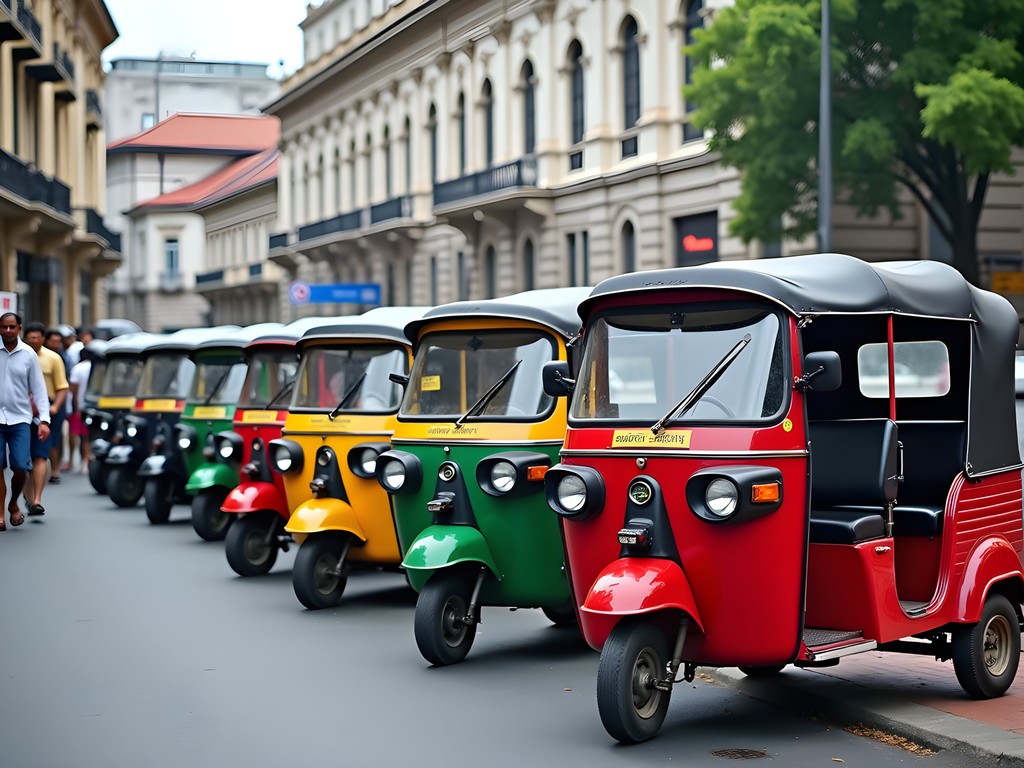
💡 Pro Tips
- Purchase a prepaid local SIM card with data (around $5) to use map apps and transportation services
- Avoid tuk-tuks parked directly outside tourist attractions—walk a block away for better rates
- Consider renting a bicycle for 500-700 LKR ($2.50-3.50) per day for flexible, eco-friendly transportation
Eating Like a Local: Colombo's Budget Food Scene
As both a budget traveler and environmental scientist, I've found that eating locally isn't just economical—it's also more sustainable. Colombo's food scene offers incredible value, with street food and local eateries serving delicious, authentic meals for a fraction of tourist restaurant prices.
For breakfast, I frequently visited the small kadé (shops) near my guesthouse for a traditional Sri Lankan breakfast of string hoppers (steamed rice noodle pancakes), dhal curry, and coconut sambal, costing around 200-300 LKR ($1-1.50). These simple establishments serve food on banana leaves or recyclable paper, minimizing waste while maximizing flavor.
For lunch, nothing beats the value of a rice and curry packet from local restaurants like Upali's or Hotel de Pilawoos. For 250-400 LKR ($1.25-2), you'll receive a generous portion of rice accompanied by 3-5 different curries and sambals. The vegetarian options are particularly budget-friendly and delicious—my favorite combination features jackfruit curry, eggplant moju, and gotukola sambal.
Street food markets like the Pettah Market area offer even more affordable options. A kottu roti (chopped flatbread stir-fried with spices and vegetables or meat) costs around 300-400 LKR ($1.50-2) and is filling enough for dinner. Fresh tropical fruits like mangoes, papayas, and rambutans are available for pennies compared to Western prices—I often created picnic lunches with fruit, locally made yogurt, and a bag of spiced chickpeas for under $3 total.
To stay hydrated in Colombo's heat without creating plastic waste, I relied on my trusty water filter bottle. This allowed me to safely refill from any tap, saving approximately $5 daily on bottled water while preventing dozens of plastic bottles from entering Sri Lanka's already strained waste system.

💡 Pro Tips
- Look for restaurants with a high turnover of local customers—they typically offer the freshest food at the best prices
- Visit the Dutch Hospital Shopping Precinct during happy hour (usually 5-7pm) for half-price appetizers that can substitute for dinner
- Save money and reduce waste by carrying reusable utensils and containers for takeaway meals
Free and Low-Cost Attractions in Colombo
Colombo offers a surprising number of free and budget-friendly attractions that showcase both its colonial past and vibrant present. As someone who values cultural preservation alongside environmental conservation, I've found these low-impact experiences to be the highlight of my stays.
The Seema Malaka Temple, a stunning Buddhist temple designed by renowned architect Geoffrey Bawa and floating on Beira Lake, charges just 300 LKR ($1.50) for entry. I spent a peaceful hour here photographing the serene Buddha statues against the backdrop of Colombo's growing skyline—a perfect visual representation of Sri Lanka's blend of tradition and modernity.
Galle Face Green, a sprawling urban park and beach area, costs nothing to visit and offers a fascinating glimpse into local life. Arriving around 5 pm, I joined families flying kites, couples strolling along the promenade, and food vendors selling spicy isso vadai (prawn fritters) for around 100 LKR ($0.50) each. The sunset views over the Indian Ocean are spectacular and completely free.
The National Museum of Colombo charges a modest 500 LKR ($2.50) entrance fee and houses an impressive collection spanning Sri Lanka's ancient kingdoms through colonial periods. I spent an entire morning exploring its exhibits, appreciating how the air-conditioned halls provided a welcome respite from the midday heat.
For photography enthusiasts like myself, Colombo's colonial architecture in the Fort area makes for a self-guided walking tour that costs nothing but yields stunning images. The Old Colombo Dutch Hospital, now converted into an upscale shopping and dining precinct, offers free entry and beautiful architecture to admire even if you don't purchase anything.
During my latest visit, I documented these architectural treasures using my compact camera, which combines professional image quality with pocket-sized convenience—perfect for travel photography without drawing unwanted attention in budget travel scenarios.

💡 Pro Tips
- Visit religious sites early morning or late afternoon to avoid both crowds and the midday heat
- Many museums offer discounted or free entry on full moon (Poya) days—check the lunar calendar when planning
- Download the free Colombo City Walks app for self-guided tour routes that highlight historical and architectural points of interest
Connecting with Nature: Budget-Friendly Eco-Experiences
As a conservation scientist, I'm always seeking connections with local ecosystems, even in urban environments. Colombo offers several budget-friendly opportunities to experience Sri Lanka's remarkable biodiversity without expensive tours or excessive environmental impact.
Beira Lake, located in the heart of the city, provides a green oasis where you can rent a swan-shaped paddle boat for just 500 LKR ($2.50) per half hour. During my paddle around the lake, I spotted several species of birds including kingfishers and egrets that have adapted to the urban environment—a reminder that nature persists even in developed areas.
The Crow Island Beach Park, though less visited by tourists, offers a fascinating glimpse into coastal ecology. I spent a morning here with my field notebook, documenting shore birds and examining the impact of urban development on coastal ecosystems. Entry is free, and local fishermen often bring in their morning catch, providing an authentic glimpse into traditional fishing practices.
For those willing to venture slightly further, the Talangama Wetland (accessible via public bus for about 40 LKR/$0.20) is a biodiversity hotspot where I've observed over 25 bird species in a single morning visit. The area is protected as an environmental sanctuary, and while organized tours exist, self-guided exploration costs nothing beyond transportation.
My most memorable budget eco-experience was joining a free beach cleanup organized by the Sri Lanka Wildlife Conservation Society. Not only did this provide an opportunity to give back to the local environment, but it connected me with environmentally conscious locals who shared invaluable insights about regional conservation challenges.
For these nature excursions, I relied heavily on my compact binoculars which offer excellent magnification while being lightweight enough for all-day carry—essential for spotting wildlife in urban green spaces where animals tend to keep their distance from humans.
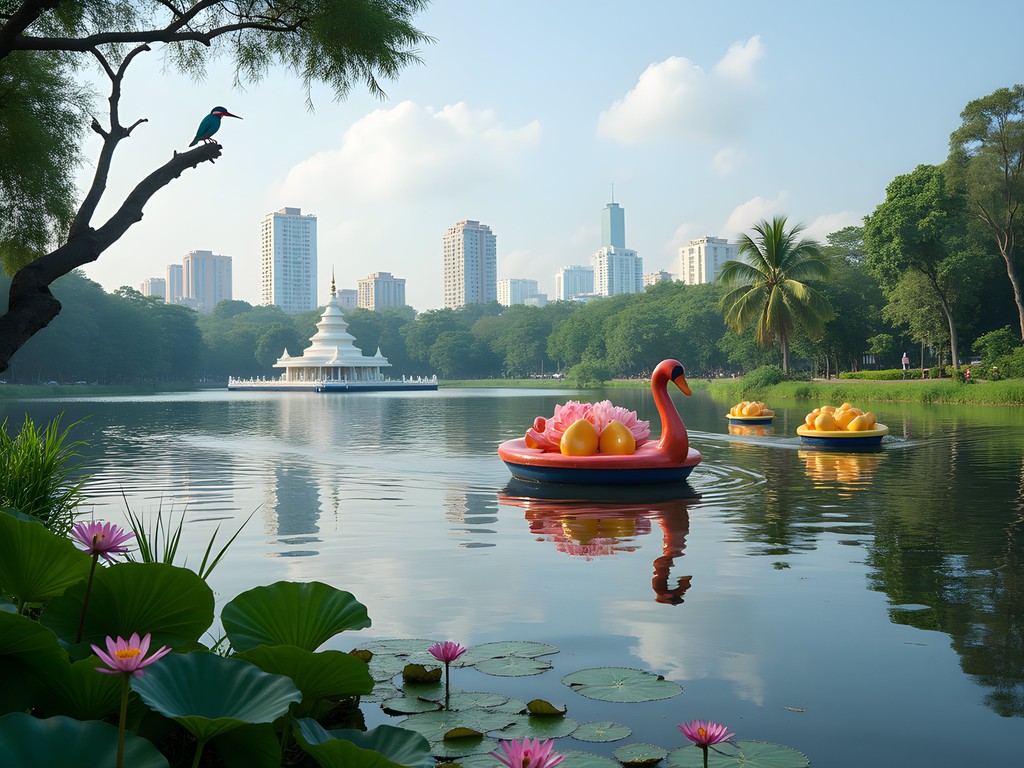
💡 Pro Tips
- Visit Viharamahadevi Park early morning (around 6-7am) to join locals in free yoga and tai chi sessions
- Check social media groups like 'Colombo Environmental Action Network' for announcements about free conservation activities during your stay
- The Urban Wetland Park in Nugegoda offers free guided walks every Saturday morning—arrive by 8am to secure a spot
Final Thoughts
After spending multiple research trips in Colombo, I've come to appreciate how this underrated capital offers both affordability and authenticity for the conscious traveler. By embracing public transportation, seeking out local eateries, and prioritizing free cultural experiences, I consistently kept my daily expenses under $30 while creating meaningful connections with both people and ecosystems. The true beauty of budget travel in Colombo isn't just about saving money—it's about slowing down to experience the city as locals do, minimizing environmental impact, and discovering that the most memorable experiences rarely come with the highest price tags. Whether you're a student on semester break or a mid-range traveler looking to extend your Sri Lankan adventure, Colombo rewards those willing to step away from tourist bubbles with rich cultural immersion and surprising ecological encounters. Pack light, bring an open mind, and prepare to discover why this coastal capital deserves much more than just a quick stopover on your Sri Lankan itinerary.
✨ Key Takeaways
- Colombo offers excellent budget accommodation options between $8-25/night depending on privacy preferences
- Public transportation and walking can keep daily transportation costs under $3 while providing authentic local experiences
- Street food and local eateries offer delicious meals for $1-3 per person while reducing packaging waste
- Many of Colombo's most rewarding attractions are free or cost less than $3 to experience
📋 Practical Information
Best Time to Visit
January-March and July-September (between monsoon seasons)
Budget Estimate
$25-30 per day excluding flights
Recommended Duration
3-5 days
Difficulty Level
Intermediate

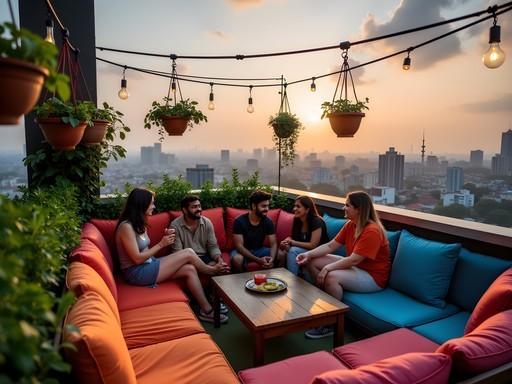
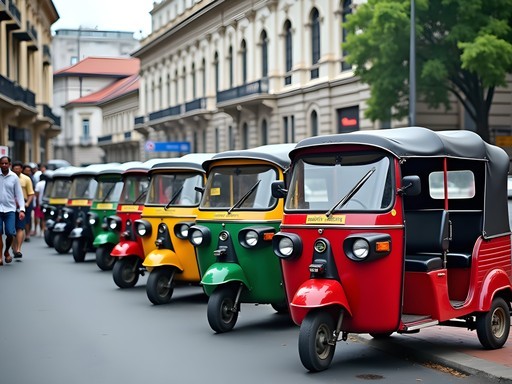
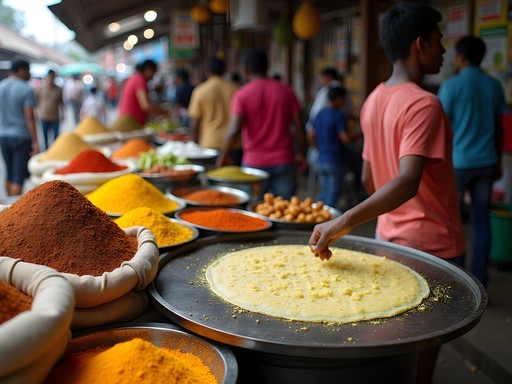

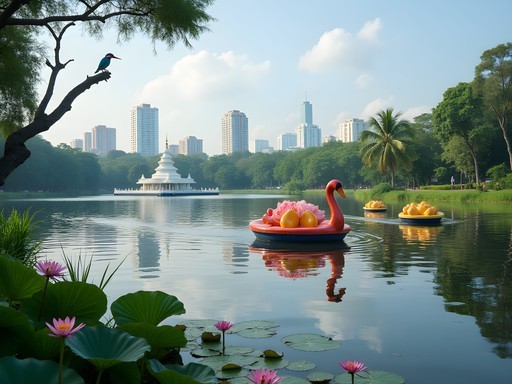


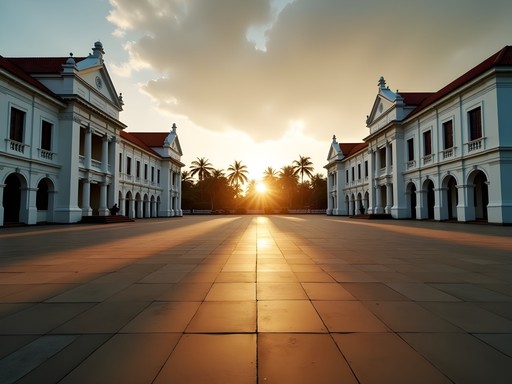
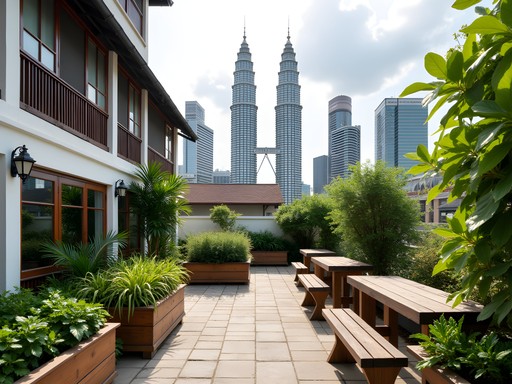

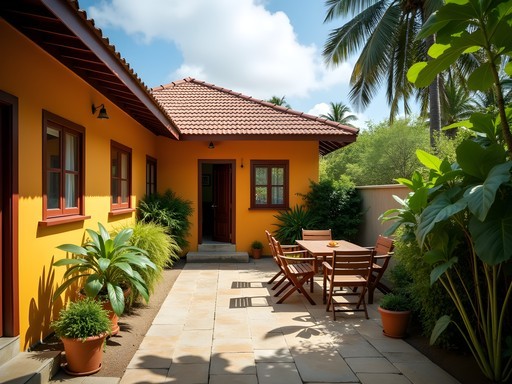


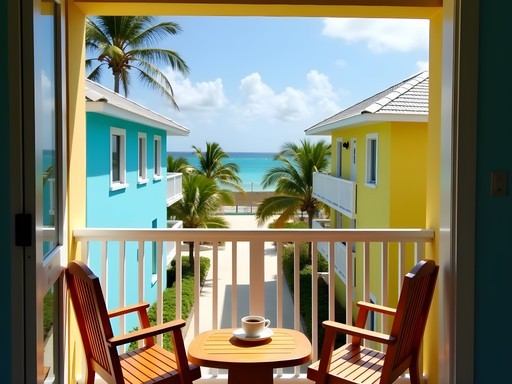

Comments
Douglas Bradley
Excellent breakdown of Colombo's budget scene, Elena. I spent a month documenting Sri Lanka's urban centers last year and found Colombo surprisingly affordable compared to other Asian capitals. One budget hack I discovered: the government-run Laksala handicraft stores have fixed prices that are often lower than what you'd negotiate down to at markets, and the quality is consistent. Also, for anyone concerned about safety during evening walks, the area around Independence Square has been beautifully renovated with lighting and security - perfect for night strolls when the heat subsides. I tracked all my expenses using travel budget app which helped keep me honest about that $30/day target!
cooltime
We did Colombo for even less than $30/day by staying at Colombo City Hostel - basic but clean and only $8/night with breakfast included! Their staff gave us a hand-drawn map with all the best local spots. The public buses were chaotic but SO cheap (like 15-30 cents per ride). Pro tip: download PickMe app (Sri Lankan Uber) for when you're too tired to deal with tuk-tuk haggling. And don't miss the Galle Face Green at sunset - free entertainment watching locals fly kites and the BEST street food carts!
winterlegend
Thanks for the PickMe app suggestion! Downloading it now!
Sage Dixon
Elena, fantastic breakdown of Colombo on a budget! I was there last year and can confirm these tips are spot-on. I'd add that the Colombo National Museum is worth the small entrance fee (~$5) if you want to understand Sri Lankan history before exploring further. Also, for anyone staying longer, the Mount Lavinia beach area has some great guesthouses that aren't much more expensive than city center options but offer a more relaxed vibe. I navigated the whole city with my pocket translator which was super helpful with local bus routes that aren't always clearly marked in English. The kindness of locals makes Colombo special - don't be afraid to ask for directions!
winterlegend
Thanks for the museum tip! Would you say Mount Lavinia is safe for solo female travelers?
Sage Dixon
Absolutely! I met several solo female travelers staying in Mount Lavinia. Just use the same common sense you would anywhere - don't walk alone on the beach late at night, etc. The beachfront areas are well-trafficked during the day and early evening.
winterlegend
This blog post couldn't have come at a better time! I'm planning my first solo trip to Sri Lanka next month and was worried about costs in Colombo. Those tuk-tuk negotiation tips are GOLD! Did anyone try the Pettah Market food stalls Elena mentioned? I'm a bit nervous about street food but they sound amazing!
cooltime
Pettah Market food is incredible! Just stick to the busy stalls where locals are eating. The kottu roti is life-changing and super cheap. Trust me, you'll end up going back multiple times!
winterlegend
Thanks for the tip! Kottu roti is definitely on my list now 😊
mountainlife
Any recommendations for staying connected? Is wifi reliable in hostels or should I get a local SIM?
Elena Wells
Definitely get a Dialog SIM card right at the airport! About $5 for plenty of data that works everywhere in Colombo. Hostel wifi can be spotty.
sunsetclimber
Just got back from Sri Lanka and used many of these tips! Another money-saver: download PickMe app (Sri Lanka's version of Uber) - it's way cheaper than negotiating with tuk-tuk drivers every time. Also, the Sea Street area in Pettah has amazing Hindu temples you can visit for free. We stayed at Clock Inn Colombo which was around $12/night for a private double with A/C - super clean and central!
beachseeker1411
Just downloaded PickMe - thanks for the tip!
redbackpacker
Great post! Can you do one on Kandy next?
coolmate
OMG those sunset pics from Galle Face Green are AMAZING!! Definitely adding this to my bucket list! 😍
springrider
Love this budget breakdown! We visited Colombo last year as part of a bigger Sri Lanka trip and found it to be such an underrated city. One money-saving tip: many hostels offer free walking tours in the mornings. We did one through Colombo City Hostel that took us through the Fort area and explained all the colonial buildings and history. Also, don't miss Ministry of Crab if you can splurge for one meal - it's pricey by local standards but still reasonable compared to seafood restaurants in the West. The crab curry was life-changing! Planning to return next year to explore more of the north.
Casey Andersson
I have to admit, I usually stay at higher-end places in Colombo (Galle Face Hotel is my weakness!), but on my last trip I challenged myself to follow budget tips like these for three days. It completely changed my perspective! The local food scene is incredible - that tiny place you mentioned near the Dutch Hospital complex had the best crab curry I've ever tasted, and it was literally a quarter of what I'd been paying at touristy spots. One tip to add: the Colombo National Museum is free on Poya Days (full moon holidays), which happen monthly. Plan around these if you can! While I eventually retreated to my comfort zone at a nice hotel, those budget days were some of the most authentic experiences I've had in Sri Lanka.
Venture X
Premium card with 2X miles, $300 travel credit, Priority Pass